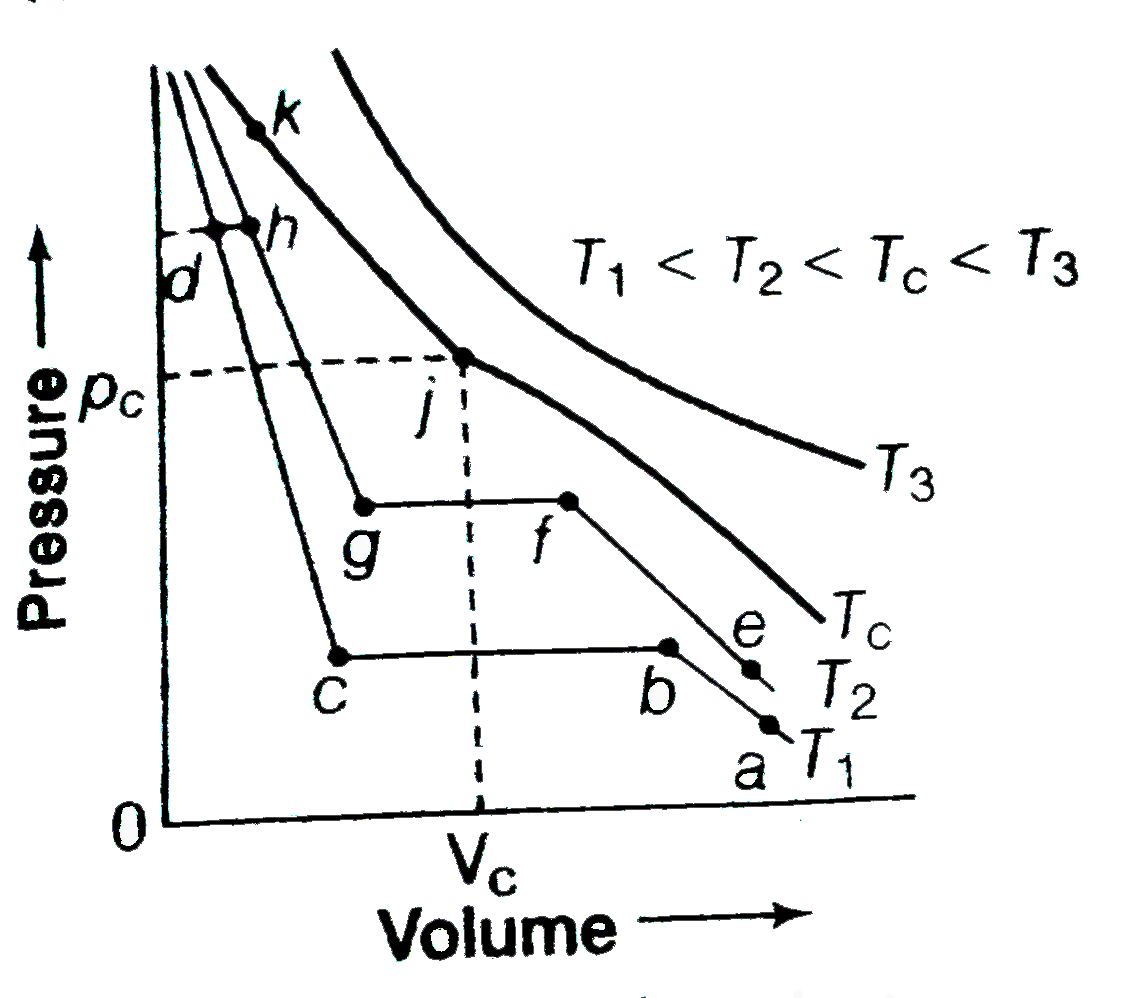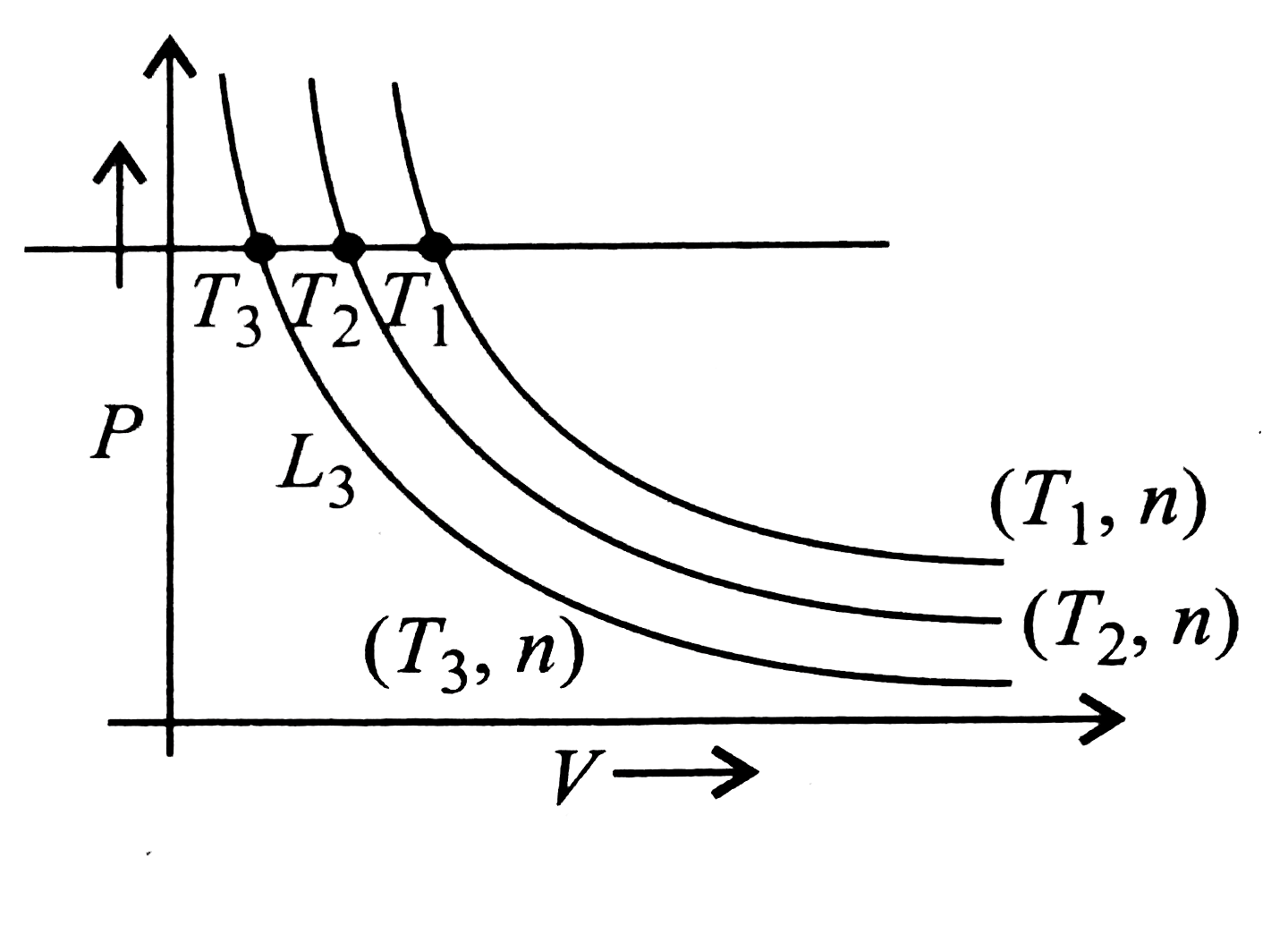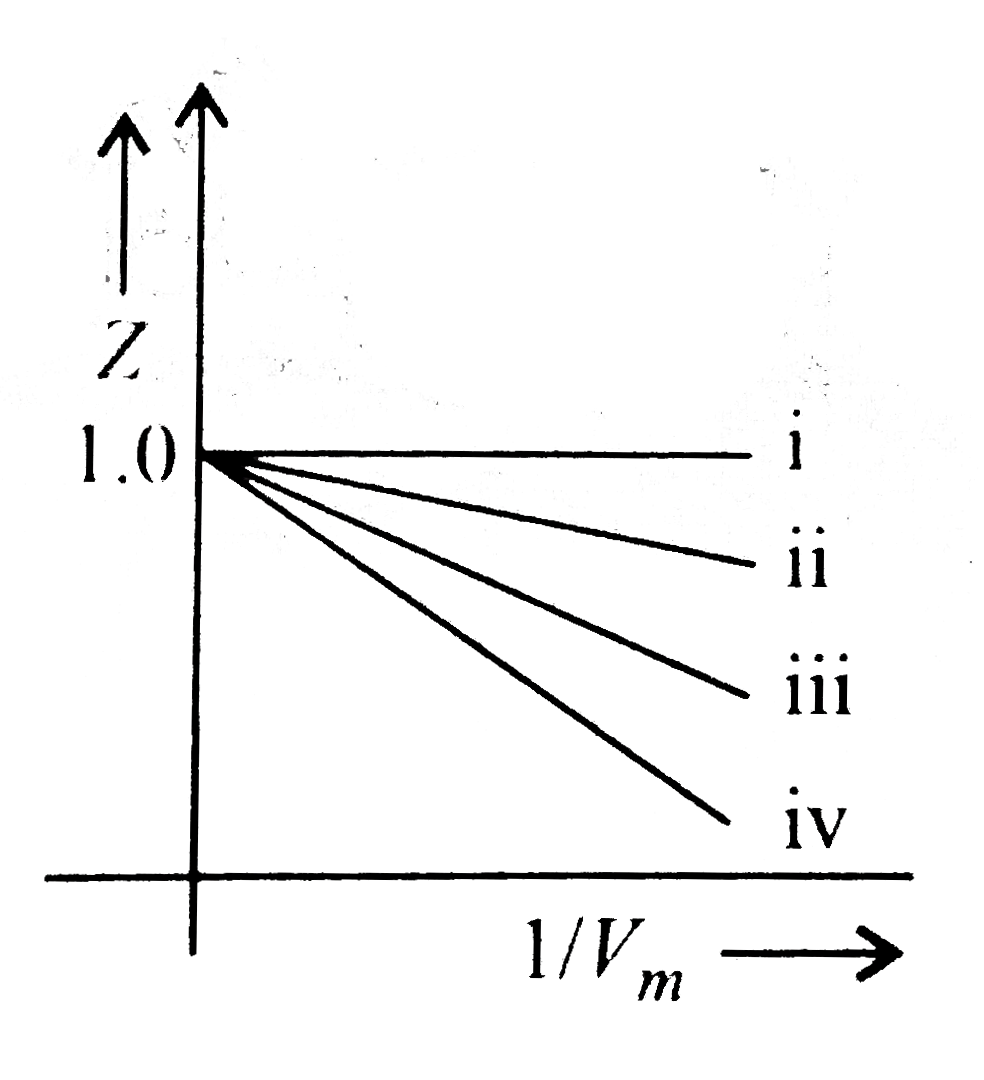Solved Example from CENGAGE CHEMISTRY (ENGLISH) STATES OF MATTER for Class 11
| Class 11 | CHEMISTRY |
| Chapter | STATES OF MATTER |
| CENGAGE CHEMISTRY (ENGLISH) | Solved Example |
| Medium | English |
| Academic Year | 2023-2024 |
Question 22
Two glass bulbs of equal volume are connected by a narrow tube and are filled with a gas at 0∘C at a pressure of 76cm of mercury. One of the bulbs is then placed in melting ice and the other is placed in a water bath maintained at 62∘C.What is the new value of the pressure inside the bulbs? The volume of the connecting tube is negligible.View SolutionQuestion 23
An iron cylinder contains helium at a pressure of 250 k Pa at 300 K. The cylinder can withstand a pressure of 1×106 Pa. The room in which cylinder is placed catches fire. Predict the temperature (in K) at which the cylinder will blow up before it melts or not (m.p.t. of the cylinder =1800K)..View SolutionQuestion 46
When 2g of a gas A is introduced into an evacuated flask kept at 25∘C, the pressure is found to be one atmosphere. If 3 g of another gas B are then added to the same flask, the total pressure becomes 1.5 atm. Assuming ideal gas behaviour, calculate the ratio of molecular weights MA:MB.View SolutionQuestion 73
A straight glass tube has two inlets X and Y at the two ends. The length of the tube is 200 cm. HCl gas through inlet X and NH3 gas through inlet Y are allowed to enter the tube at the same time. White fumes first appear at a point Pinside the tube. Find the distance of P from X.View SolutionQuestion 81
A cinema hall has equidistant rows 1m apart. The length of the cinema hall is 287m and it has 287 rows. From one side of the cinema hall, laughing gas (N2O) is released and from the other side, weeping gas (C6H5COCH2Cl) is released. In which rows, spectors will be laughing and weeping simultaneously?
 View Solution
View SolutionQuestion 85
Isotherms of carbon dioxide at various temperatures are repersented in figure. Answer the following questions based on this figures.

(i) In which state will CO2 exist between the points a and b at temperature T1 ?
(ii) At what point will CO2 start liquefyinh when temperature is T1 ?
(iii) At what point will CO2 be completely liquefued when temperature is T2 ?
(iv) Will condensation take place when the temperature is T3 ?
(v) What portion of the isotherm at T1 represent liquid and gaseous CO2 at equilibrium ?View SolutionQuestion 123
The critical temperature (Tc) and pressure (Pc) of NO are 177K and 6.48MPa, respectively, and that of Cl4 are 550K and 4.56MPa, respectively. Which gas (a) has the smaller value for the van der Waals constant b, (b) has the smaller value for constant a, (c) has the larger critical volume, and (d) is most nearly ideal in behaviour at 300K and 1.013MPa.View SolutionQuestion 135
Two flasks A and B have equal volumes. The molecules in flask A are moving two times faster than the molecules in flask B. The number of molecules in flask A is eight times the number of molecules in flask B. Which of the following is true about the number of collisions with the walls?View SolutionQuestion 136
Two flasks A and B have equal volume at 100K and 200K and have 4atm and 1atm pressures, respectively. The flasks A contains H2 gas and B contains CH4 gas. The collision diameter of CH4 is twice that of H2.Which of the following is true about the mean free path (λ) of the molecules?
(a) λ of H2 is twice that of CH4.
(b) λ of CH4 is twice that of H2.
(c) λ of H2 is four times that of CH4.
(d) λ of CH4 is four times that H2. View SolutionQuestion 137
Two equal volume flasks cotaining equal masses of H2 and CH4 are at 100K and 200K, respectively. The molecular diameter of CH4 is twice that of H2. Which of the following statement about Z1 (number of collisions per molecule per cm3 per second) is true? (a) Z11 of H2=2Z1 of CH4
(b) Z11 of H2=4Z1 of CH4
(c) Z11 of H2=Z1 of CH4
(d) Z11 of H2=8Z1 of CH4 View SolutionQuestion 161
100mL of hydrogen was confined in a diffusion tube and exposed to air, and at equilibrium, a volume of 26.1mL of air was measured in the tube. Again, when 100mL of CO2 was placed in the same tube and exposed to air, 123mL of air was measured in the tube at the equilibrium. Find the molecular weight of CO2.View SolutionQuestion 182
Two gases in adjoining vessels were brought into correct by opening a stopcock between them. The one vessel measured 0.25L and contained NO gas at 800 torr and 220K, the other measured 0.1L contained O2 gas at 600 torr and 220K. The reaction to form N2O4(s) exhausts the limiting reagent completely,
(a) Neglacting the vapour pressure of N2O, what is the pressure of the gas remaining at 220K after complection of the reaction?
(b) What weight of N2O is formed?View SolutionQuestion 183
A mixture of H2O vapour, CO2 and N2 was trapped in a glass apparatus with a volume of 0.731mL. The pressure of the total mixture was 1.74atm at 27∘C. The sample was transferred to a bulb in contact with dry ice (−75∘C) so that the H2O vapour was frozen out. When the sample was returned to the measured volume, the pressure was 1.32mmHg. The sample was then transferred to a bulb in contact with liquid nitrogen (−95∘C) to freeze out the CO2. On the measured volume, the pressure was 0.53mmHg. How many moles of each constituent there are in the mixture?View SolutionQuestion 185
A gas bulb of 1L capacity contains 2.0×1011 molecules of nitrogen exerting a pressure of 7.57×103Nm−2. Calculate the root mean square (rms) speed and the temperature of the gas molecules. If the ratio of the most probable speed to the root mean square is 0.82, calculate the most probable speed for these molecules at this temperature.View Solution
All Exercises from CENGAGE CHEMISTRY (ENGLISH) Class 11 CHEMISTRY STATES OF MATTER
- ARCHIVES ( ASSERTION-REASONING)
- ARCHIVES (INTEGER)
- ARCHIVES (MULTIPLE CORRECT)
- ARCHIVES (SINGLE CORRECT)
- ARCHIVES (SUBJECTIVE)
- CONCEPT APPLICATION 5.3
- EX 5.1
- EX 5.2
- EX 5.3
- EX 5.4
- EXERCISES
- EXERCISES (ASSERTION-REASONING)
- EXERCISES (FILL IN THE BLANKS)
- EXERCISES (INTEGER)
- EXERCISES (LINKED COMPREHENSIVE)
- EXERCISES (MULTIPLE CORRECTTYPE)
- EXERCISES (SINGLE CORRECT)
- EXERCISES (TURE FALSE)
- LINKED COMPREHENSIVE
- ILLUSTRATION
- SOLVED EXAMPLE




